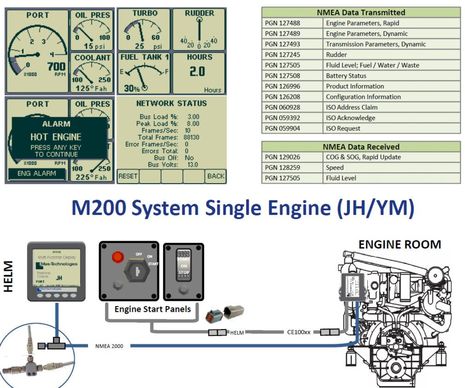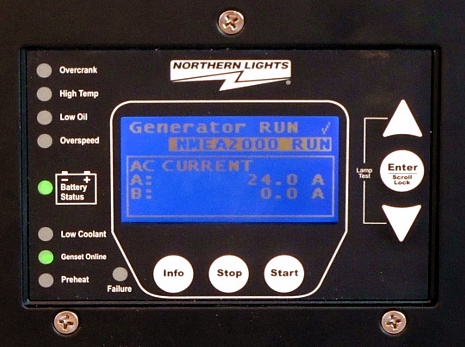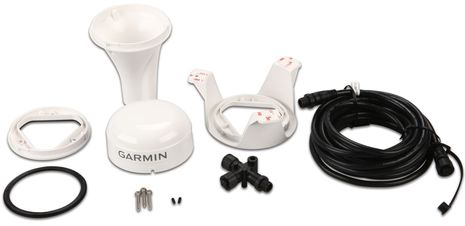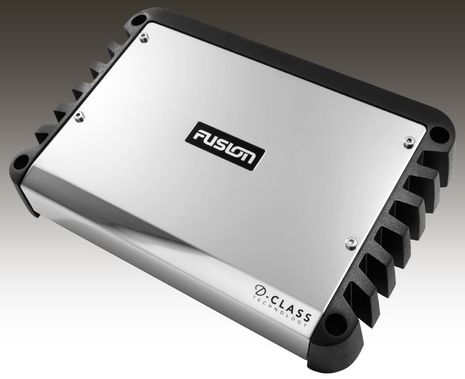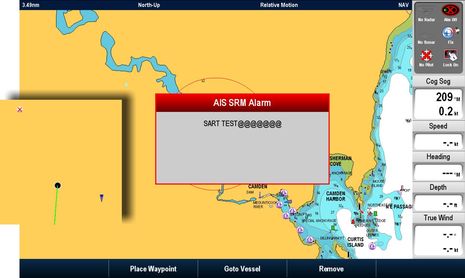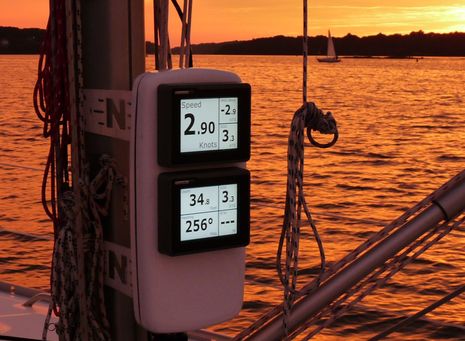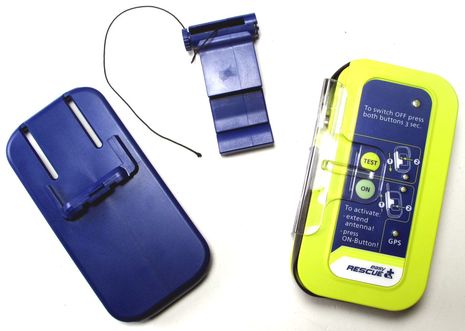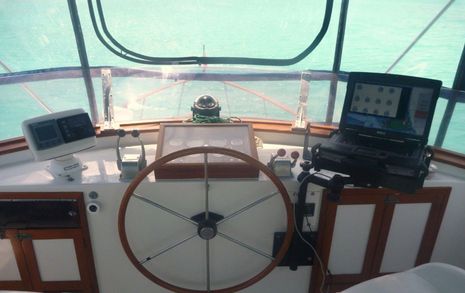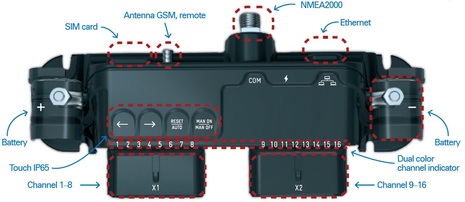Mas-Technologies M200, analog Yanmars to NMEA 2000??
Thanks to Panbo reader Jeffrey Schwartz I just learned about the Mas-Technologies M200 system, which looks like it can neatly translate analog sensor data from Yanmar model JH, YM and LP diesel engines into NMEA 2000 PGNs that can be read by many displays, including its own. The system — which starts $1,469 — can also read four analog tank sensors and a rudder indicator, dual engines are supported, and Mas-Tech also offers start panels and even a wired shift-and-throttle remote. But something seems odd…



